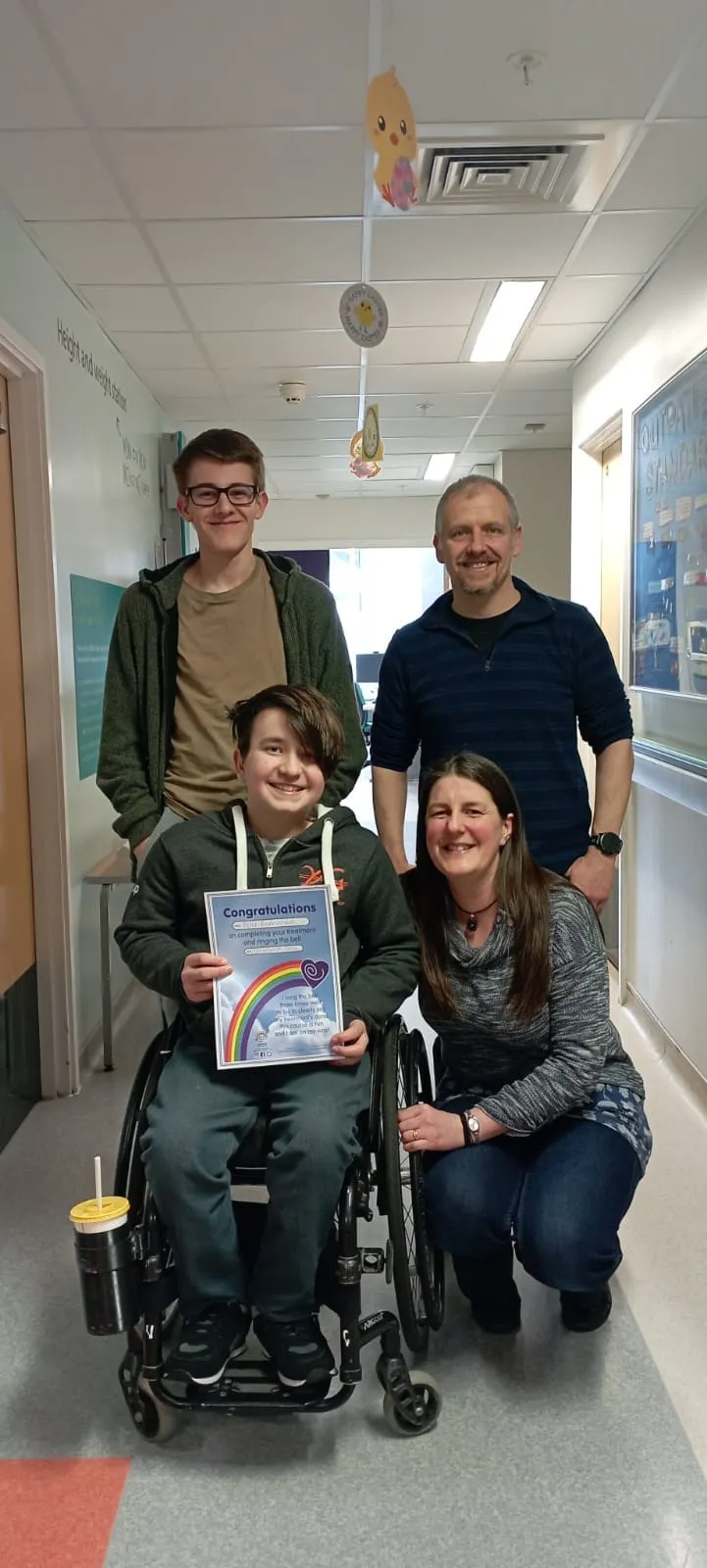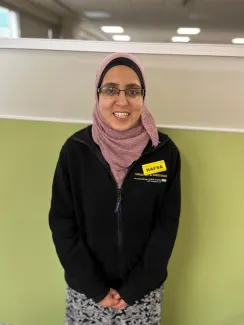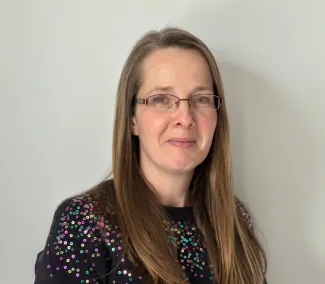Peter complained of backache at the beginning of December 2018. Within weeks, his symptoms escalated to wobbly walking and, days after being admitted to hospital, he suffered a spinal cord injury from a 'growth' that was compressing his spinal cord. Ten days later we were given the devastating diagnosis of neuroblastoma. We were on holiday in a hospital hundreds of miles from home and had just been given the go ahead to be transferred to our home hospital.
The consultant told us treatment would begin there but, in the meantime, he said: “Please don't google it.” We didn't, but it was much later on that I came to truly understand why he said this. It's the same reason why, when I’ve shared neuroblastoma Facebook groups with parents of newly diagnosed children, telling them how valuable they can be, I also tell them to use them carefully.
But back in the early days of Peter's frontline treatment, we didn't know or understand any of this. We allowed ourselves to be guided by his consultant and avoided looking elsewhere for information. We didn't need to – Peter's frontline treatment went to plan and by May 2019, surgery had successfully removed the localised tumour in his chest cavity, and he was officially no evidence of disease. He continued with radiotherapy and a six-month course of maintenance therapy until February 2020, when treatment stopped.

Peter with Mandy, dad, Martin, and brother, Sam
Turning to social media for help
In August 2020, Peter relapsed, this time with his cancer having spread to other parts of his body. With no set treatment path, I turned properly to social media for the first time. I read every post on neuroblastoma Facebook groups for anything that might help us make treatment decisions. There was a wealth of information on treatment trials, advice on side effects, links to scientific papers, and data. It all helped formulate questions to take to our consultant.
Through these posts, I found out about Solving Kids Cancer, a charity that supports families of children with neuroblastoma, and the annual online Neuroblastoma Parent Global Symposium which ran a series of talks on trials, research and breakthroughs in treatment. I also connected with other families and their shared experiences helped me to feel less alone, sometimes giving me much needed hope when they posted about their children ringing the bell, graduating, growing up, getting married, or having children of their own.
The difficult side to using social media
Parents are rarely medical professionals. Instead, they’re mostly self-made experts in their child's very specific diagnosis and treatment. Neuroblastoma is complicated and unpredictable, and children with similar diagnoses can react in very different ways. Some of the information communicated may be inaccurate or biased, and sometimes your own confirmation bias works against you.
Some posts make you angry. Some make you scared. As a parent of a child with cancer you’re desperate for any glimmer of hope and you need clear and accurate information. However, on these Facebook groups, you can't have that without also having the unhelpful.
Knowing when to step away
When I first used these groups, I felt I owed it to all the other parents to read and absorb their experiences and let them know that they’d been heard. I realise now that I have to look after myself first. I can choose to step away when it becomes too much.
Peter, now 14, currently has no evidence of active disease and we’ve no idea what the future holds. Another relapse will always be a possibility. So, on days when my anxiety is high and it's not good for me to read about other families' experiences, I stay away. I leave it for days when I’m more able to filter the posts and focus on those where I can be helpful to others or someone else can be helpful to me.
From Contact magazine issue 106 | Spring 2025




